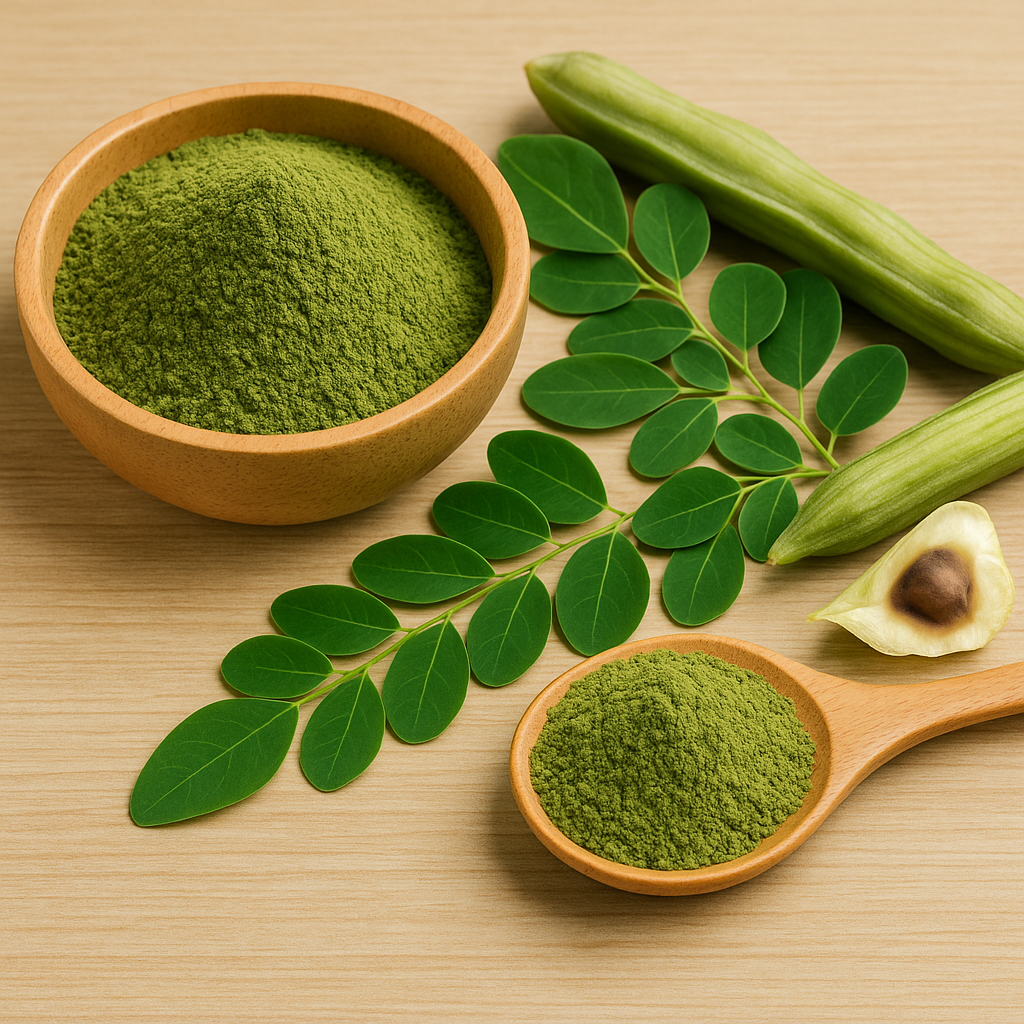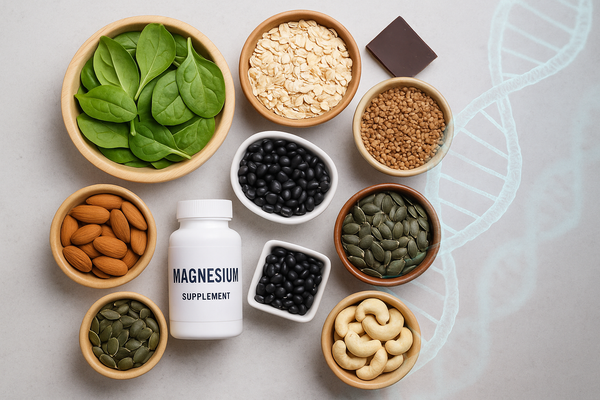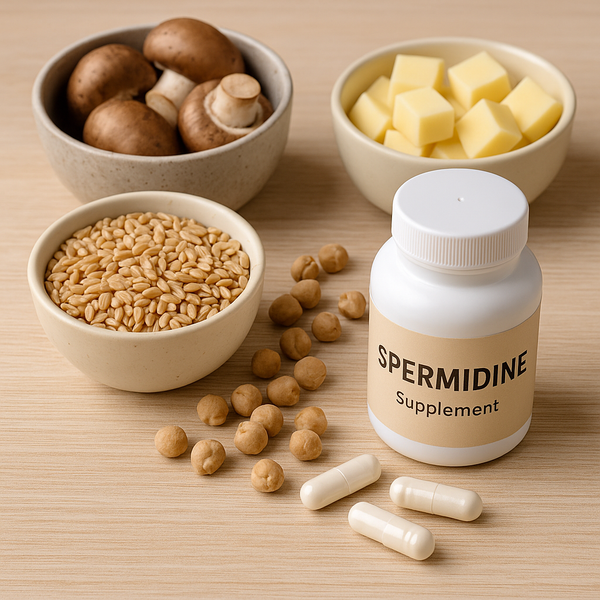Moringa: The Underrated Green Powerhouse

Moringa oleifera might just be one of the most nutrient-dense plants on the planet, yet it rarely makes headlines. Often overshadowed by trendy “superfoods,” this humble tree has quietly built a reputation in both traditional medicine and modern nutrition circles. But beyond the hype, moringa carries fascinating biological potential — especially when viewed through the lens of functional health and longevity.
What Makes Moringa Unique
Native to India and now cultivated globally, moringa’s leaves, pods, and seeds are used for both food and medicine. Unlike many single-compound supplements, moringa acts more like a complete nutrient system — rich in vitamins, minerals, amino acids, and phytonutrients that synergize within the body.
Moringa leaves in particular pack:
- Vitamin C (up to 7× that of oranges)
- Vitamin A (up to 10× that of carrots)
- Calcium, magnesium, potassium, and iron
- All nine essential amino acids
- Flavonoids, isothiocyanates, and phenolic compounds
This composition gives it an edge in combating oxidative stress and supporting cellular repair — two central pillars in longevity science.
Cellular Protection and Anti-Inflammatory Mechanisms
One of moringa’s most compelling mechanisms is its ability to modulate inflammation and oxidative damage. Preclinical studies show that its bioactive compounds can downregulate pro-inflammatory cytokines like TNF-α and IL-6, while boosting antioxidant enzyme activity.
By reducing the “background noise” of chronic inflammation (sometimes called inflammaging), moringa may indirectly protect mitochondrial health and DNA integrity. These are crucial factors in slowing biological aging and preserving metabolic function over time.
Metabolic Health and Longevity
Moringa’s benefits extend into glucose and lipid metabolism — areas deeply tied to aging and disease prevention. In early human studies, moringa leaf powder improved post-meal glucose levels and modestly improved insulin sensitivity.
Other findings suggest lipid-lowering effects: reduced LDL cholesterol and triglycerides, with a possible rise in HDL. While small and preliminary, these results align with the idea that moringa could support long-term cardiovascular and metabolic health — especially when used alongside nutrition, exercise, and fasting protocols.
Nutrient Density and Mitochondrial Support
From a longevity perspective, micronutrient sufficiency is non-negotiable. Deficiencies in minerals, amino acids, or antioxidants accelerate biological aging by impairing mitochondrial resilience and cellular detoxification.
Moringa helps fill those gaps naturally. Its amino acid balance supports protein turnover, while its minerals aid enzymatic processes related to energy production and repair. Combined with its antioxidant profile, moringa functions almost like a nutritional “multitool” — supporting the machinery of life at a foundational level.
Cautions and Considerations
Despite its nutrient density, moringa isn’t without caveats. Human data remains limited compared to its traditional use and preclinical promise. Most studies are small, short-term, and use variable extracts.
Potential cautions include:
- Digestive upset when using raw powders in high doses
- Blood sugar drops in those on glucose-lowering medications
- Iron overload in individuals predisposed to excess iron storage
- Possible toxicity from roots and bark (avoid those forms)
Quality also varies widely. Look for third-party–tested leaf powders or standardized extracts free from heavy metals and pesticides.
Integrating Moringa into a Longevity Protocol
If integrated thoughtfully, moringa can complement a foundational longevity regimen. It’s best viewed as a nutrient amplifier rather than a miracle supplement.
I would personally introduce moringa at 1–3 grams of high-quality leaf powder daily — mixed into a smoothie or capsule form — and run it as a three-to-six-month experiment while tracking metrics like fasting glucose, lipid ratios, or energy levels.
Used alongside exercise, fasting, adequate sleep, and antioxidant-rich foods, moringa can serve as one of those subtle but meaningful levers that shift long-term health trajectories.
Moringa reminds us that the most powerful interventions are often the simplest — found not in synthetic formulas or lab-designed molecules, but in plants that have quietly sustained human life for centuries. While research continues to unfold, moringa offers a glimpse of what nature still has to teach us about resilience, nourishment, and cellular longevity.
Sources
- Moringa oleifera: An Updated Comprehensive Review — PMC, 2023
- Moringa Oleifera Lam. in Cardiometabolic Disorders — Frontiers in Pharmacology, 2022
- 6 Science-Based Health Benefits of Moringa Oleifera — Healthline
- Moringa: The Next Superfood? — University of California News
- Benefits of Moringa — EatingWell, 2024
- Moringa Oleifera Is a Prominent Source of Nutrients — PMC



